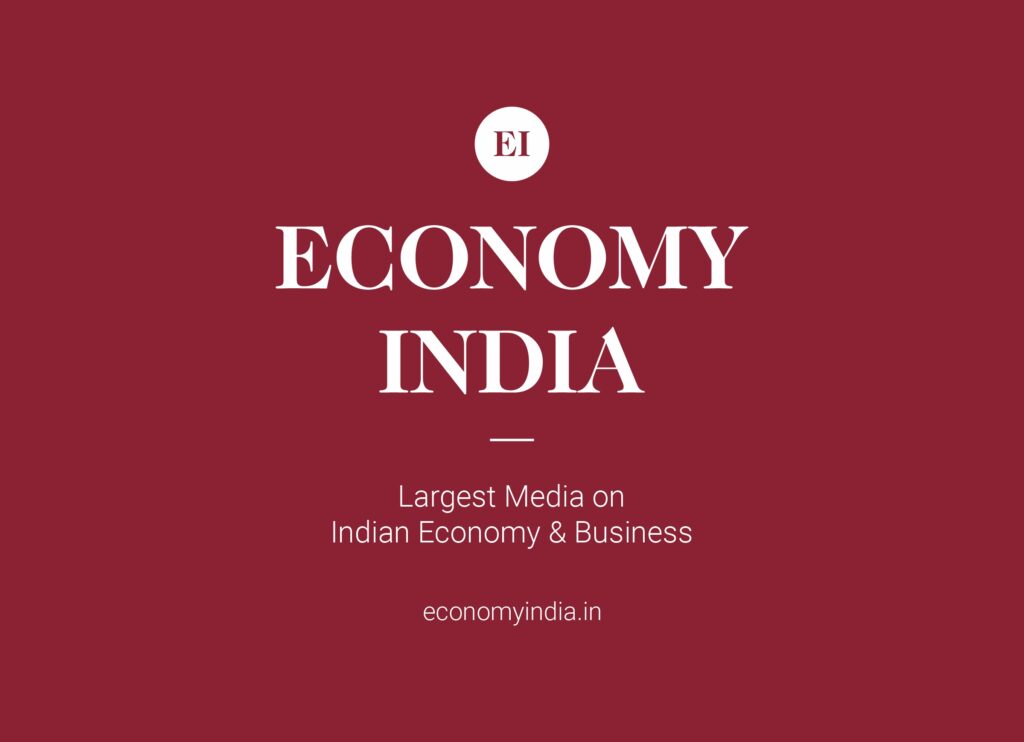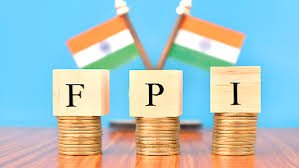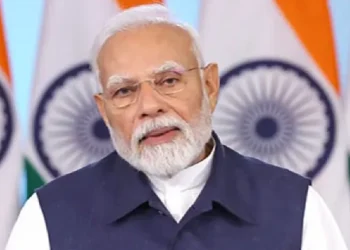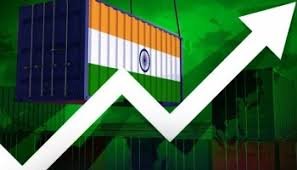Former City Union Bank MD flags urgent need to strengthen equity-based funding ecosystem for sustainable economic growth
Chennai | Economy India : As India accelerates its journey toward becoming a $5 Trillion Economy, experts warn that one crucial pillar remains fragile — the nation’s ability to attract and deploy risk capital. Dr. N. Kamakodi, former Managing Director and CEO of City Union Bank, has raised a red flag, stating that India lacks adequate access to risk-bearing capital, which is critical for enabling innovation, entrepreneurship, and high-impact infrastructure investments.
Speaking at the South India Finance & Innovation Summit 2025 in Chennai, Kamakodi said, “India is brimming with entrepreneurial energy, digital capability, and demographic potential, but unless we address the structural gap in risk capital, our economic ambitions will be slowed by funding bottlenecks.”
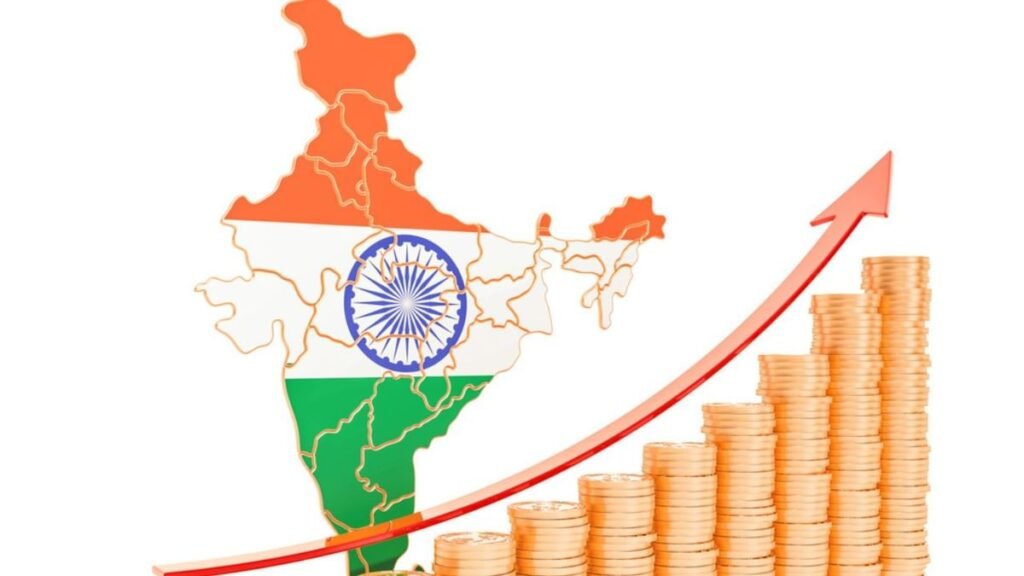
🔍 What is Risk Capital and Why It Matters
Risk capital includes venture capital (VC), private equity (PE), angel funding, and developmental equity—forms of financing where investors are willing to take higher risks in exchange for potentially higher returns. Unlike conventional loans from banks, which require collateral and carry repayment obligations, risk capital supports innovation, scale, and transformation—all vital for a high-growth economy.
India’s Current Challenge:
- Risk capital pool remains thin, dominated by foreign investors
- Bank-centric funding ecosystem limits capital for high-risk ventures
- Early-stage startups, MSMEs, and infrastructure projects struggle to raise equity
- Public market participation in innovation funding remains limited

📊 The Numbers Tell the Story
A closer look at recent investment trends reveals India’s risk capital deficit:
| Metric | H1 2024 (USD Bn) | H1 2025 (USD Bn) | YoY Change |
|---|---|---|---|
| PE/VC Investments | 32.4 | 26.4 | -19% |
| Domestic share in VC deals | 11% | 9% | ▼ Declining |
| MSMEs with equity access | < 5% | < 5% | ⚠️ Stagnant |
| Share of risk capital in total funding | 17% | 14% | ▼ Lowering |
“We must recognize that traditional debt cannot finance a new-age economy. India’s innovation-led growth path needs capital that has the patience and appetite to bear risk,” Kamakodi said.
🧱 Foundation for Growth: Capital Market Reform Required
While India has made strides in ease of doing business and startup enablement, its capital markets remain bank-dominated, with equity markets yet to fully support early-stage or infrastructure investments.
Kamakodi has called for a five-point reform agenda to boost risk capital availability:
- Revamp capital gains tax on long-term startup and infrastructure investments
- Ease regulatory burden on angel and VC funds
- Deepen SME and startup access to equity markets
- Encourage domestic institutional investors (DIIs) to allocate funds to risk capital
- Create sovereign and quasi-sovereign fund-of-funds to catalyze private capital flows

🧠 Innovation Needs Capital
India is the third-largest startup ecosystem globally, but over 80% of startup capital still comes from foreign investors. This raises concerns about:
- Strategic control of key innovations
- Volatility due to foreign capital flight
- Valuation pressure and premature exits
“The idea is not to restrict global capital,” Kamakodi clarified, “but to build a resilient domestic capital base that can back innovation with long-term vision.”
🏗️ Infrastructure & Green Growth Also Need Equity
It’s not just startups. India’s green energy transition, smart cities, transport corridors, and climate resilience require equity investment to complement government outlays and multilateral loans.
Kamakodi’s View:
- Public-private partnerships (PPPs) need patient capital
- Infra-specific investment funds must be expanded
- Climate-focused equity funds should be fast-tracked with government support
🛤️ Where Do We Go from Here?
India’s $5 trillion GDP target by FY2027 hinges on sustained GDP growth of over 7%, which in turn depends on:
- A vibrant private sector
- A stable financial ecosystem
- Innovation-driven exports
- Robust infrastructure development
To power this transformation, India must triple the availability of risk capital, ensure more equitable access across geographies and sectors, and create an enabling regulatory climate.
India’s ambition to become the third-largest economy in the world is within reach. However, as Dr. Kamakodi warns, the country must address the chronic shortage of risk capital that is holding back entrepreneurship, infrastructure, and innovation.
Without urgent and deliberate reforms, India risks undercapitalizing its own potential, leaving the $5 trillion milestone farther than projected.
(Economy India)


